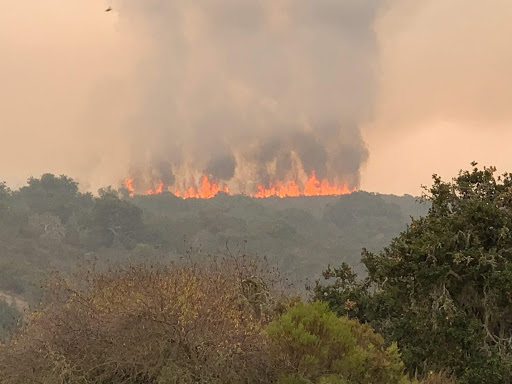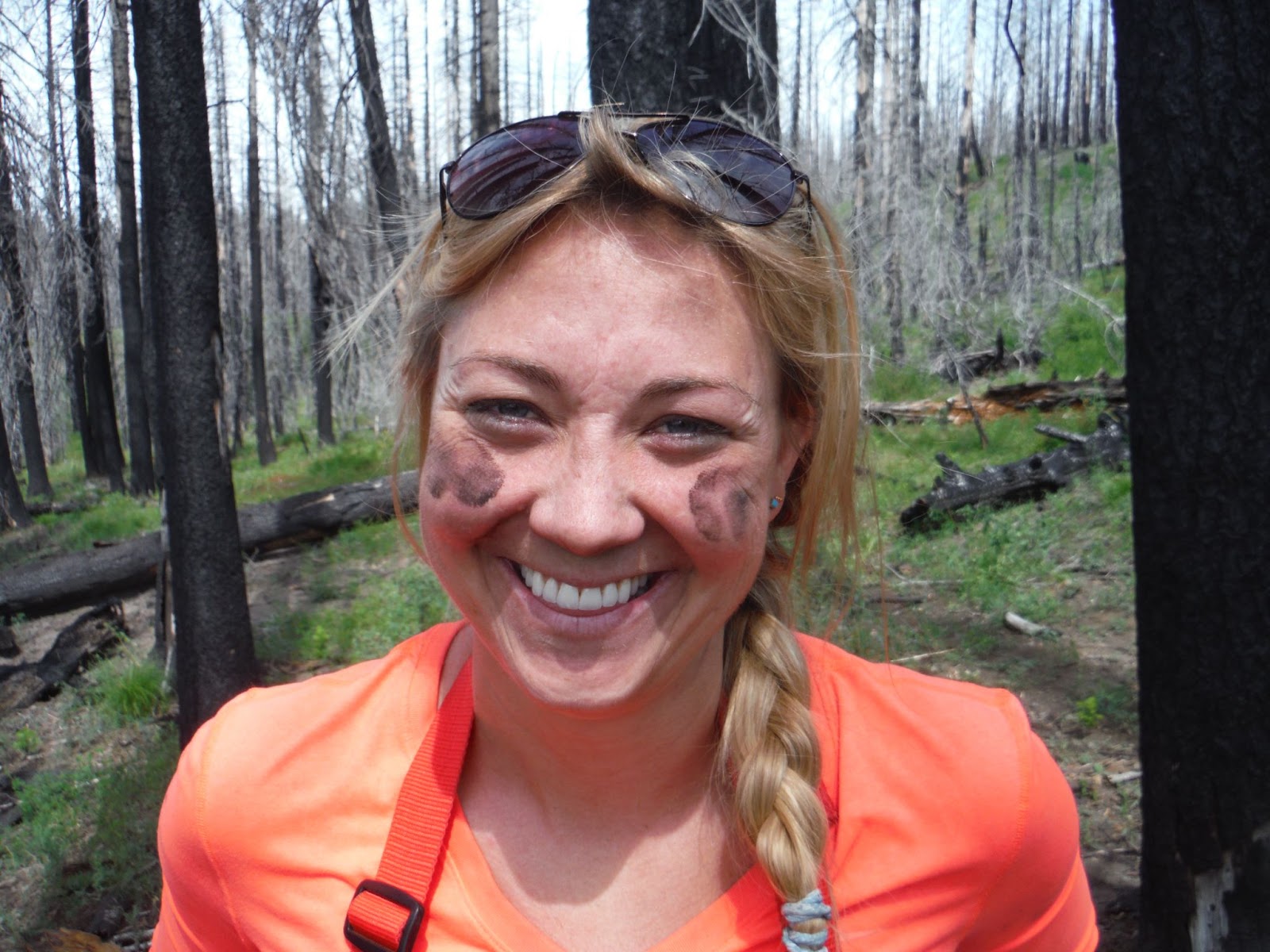A public education campaign helps residents take control in the face of disaster

The 2020 River Fire. Photo by Jamie Tuitele-Lewis, RCDMC
The 2020 wildfire season was one of the worst on record, and, thanks to unusually dry, hot and windy conditions in the West, the 2021 season is predicted to be just as grim. Those living in affected states are understandably jittery about fires burning out of control and devastating homes, property, air quality and the environment.
However, there is also a growing awareness among residents that they are not powerless—they can take action to be better prepared for wildfire season. A wildfire education initiative in Carmel Valley, California, partnered with the Fire Safe Council for Monterey County to ensure residents could find locally-relevant fire safety information and hosted a webinar series aimed at empowering residents with the knowledge and tools to be fire ready, fire safe and fire resilient.
We spoke with Katherine Swensen, a Community Science Fellow in the Thriving Earth Exchange Science Policy and Engagement Cohort and Ph.D. candidate at Washington State University, Vancouver, to learn how lessons from the effort could help other communities facing fires or other disaster threats.
Reaching the community
A key step in any public education campaign is to reach as much of the public as you can. The project team, composed of both local residents and resource managers, relied on their social media networks and old-fashioned word of mouth to spread the word about their fire safety resources and webinars. They also emailed weekly bulletins and advertised on local fire safety websites.
“Everyone was very supportive of the project,” Swensen says. “We even had our district’s supervisor introduce the webinar series, so that endorsement was really helpful. Having the Fire Safe Council and state fire officials helped, too. This project wasn’t about reinventing the wheel, it was about making sure that community members know where the right information is.”
Talking with neighbors, creating a dedicated online information center and bringing in local fire officials and county administrators all gave the public faith that their questions could be answered.
Measuring success
How can you tell if an education campaign has been successful? It’s complicated. The webinar series had decent turnout, but Swensen recognizes that the events were competing for attention with other virtual meetings, family responsibilities and other demands. The team also had to combat pandemic-era “Zoom fatigue,” technical hiccups and scheduling difficulties as fire season drew nearer and controlled burns complicated fire officials’ schedules.
One clear marker of success, however, was the lively Q&A that followed each webinar, demonstrating that the team had drawn a curious and engaged audience. “We had homeowners, renters, people that were younger, older, and so many questions that we probably could have tripled the time for the Q&As,” Swensen says. “I think we were able to capture a pretty good representation of the community, and we had a lot of positive responses.”
Swensen believes the diversity of panelists was another reason for the webinars’ success. A mix of local experts, academics, firefighters, fire chiefs, grassroots organizations and Fire Safe Council members made for engaging discussions that covered multiple topics.
To continue to measure their reach, the team plans to monitor views of the archived webinars, traffic levels on the Fire Safe Council website, and sign-ups for Firewise, an online workshop for fire preparation, which was promoted during the webinars.
Building a proactive and prepared community
Wildfires are one of the most frightening things about living in the West, but Swensen hopes the team’s efforts will help Carmel Valley residents feel less anxious, more knowledgeable and better equipped to take proactive steps to protect their safety and property.
“They were asking questions that will lead to preparing for wildfires—specific questions about their property, their defensible space and evacuation planning,” Swensen recounted. “Of course, they seemed concerned, but the people coming to these webinars were interested in how they can build a more resilient community and landscape and ecosystem, which was a great thing to hear.”
The webinar series was deliberately planned to wrap up at the start of fire season, in order to motivate residents to get into preparation mode. Now that fire season is here, Swensen and the team are grateful for the opportunity to help residents prepare themselves if a fire comes through.
“Wildfire is definitely something that is part of the landscape, part of living in the West,” Swensen says. “That makes it a priority for all community leaders—everyone wants to preserve life, property and the environment.”

Katherine Swensen
